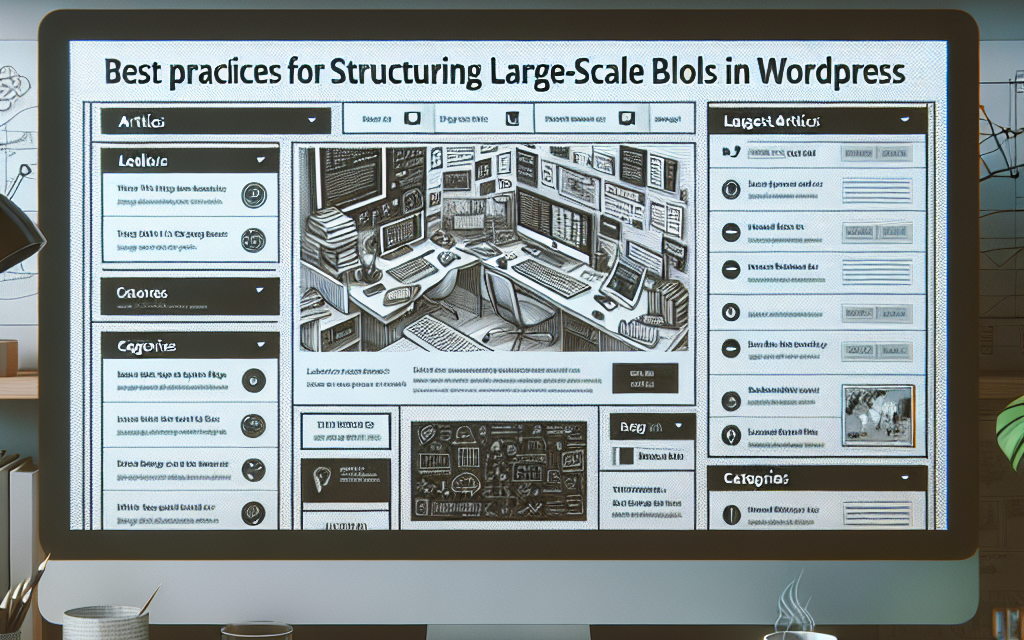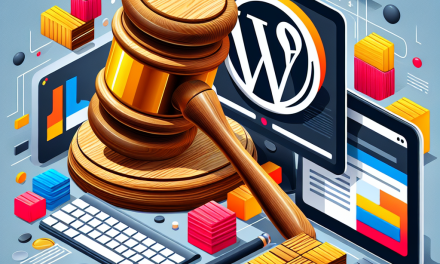Creating and managing a large-scale blog can be a daunting task, but with the right strategies and structures in place, you can streamline the process and enhance user experience. Whether you’re an individual blogger or an agency managing multiple sites, these best practices will help you effectively structure your large-scale blog in WordPress.
1. Plan Your Content Strategy
Before diving into content creation, it’s essential to outline a clear content strategy. Identify your target audience and determine the topics that will resonate with them. Use tools like Google Trends or BuzzSumo to identify what’s popular in your niche.
Tip:
Create an editorial calendar to keep track of your posts, topics, and publishing dates. This ensures consistency and helps you avoid content gaps.
2. Utilize Categories and Tags Wisely
Organizing your content into categories and tags makes it easier for users to navigate your blog.
- Categories: Think of these as broad topics under which your posts will fall.
- Tags: Use these to describe specific details of each post.
Plugin Recommendation:
Use the TaxoPress plugin to manage categories and tags efficiently.
3. Create a Strong Navigation Structure
An intuitive navigation structure is key for user engagement. Ensure your menu is organized logically, leading users to the most important sections of your blog.
Best Practices:
- Limit the number of top-level menu items.
- Use dropdowns to keep related topics grouped.
- Include a search function for easy access to content.
4. Optimize Your Site for SEO
For large-scale blogs, search engine optimization (SEO) is crucial to drive organic traffic.
Key SEO Practices:
- Use SEO-friendly URLs.
- Optimize images for faster loading times.
- Utilize header tags (H1, H2, H3).
- Include internal and external links.
Tool Recommendation:
Consider using the Yoast SEO plugin for comprehensive SEO guidance and optimization.
5. Focus on Load Speed and Mobile Responsiveness
With large amounts of content, site speed can be impacted. Optimize site performance by choosing a reliable hosting provider and using caching plugins to enhance loading times.
Hosting Solution:
For optimal performance and scalability, check out WafaTech NextGen WordPress Hosting for high-speed performance tailored for large-scale blogs.
6. Implement an Effective Commenting System
Encourage reader engagement through comments. However, keep spam at bay by using reliable moderation tools.
Plugin Recommendation:
Use Disqus for managing comments easily and effectively.
7. Moderation and Quality Control
With more content comes the need for quality control. Establish a review process to ensure that all posts maintain your blog’s standards.
Tip:
Use tools like Grammarly for proofreading and ensuring high-quality writing.
8. Leverage Analytics for Insight
Use analytics tools to track your blog’s performance. Understanding user behavior will help you optimize your strategies and content.
Tool Recommendation:
Google Analytics provides insights into user behavior, traffic sources, and content performance.
Conclusion
Structuring a large-scale blog in WordPress doesn’t have to be complicated. By following these best practices, you can create an efficient, user-friendly site that not only attracts visitors but also keeps them engaged.
For those looking to take their blog to the next level, consider WafaTech NextGen WordPress Hosting, designed to meet the needs of large-scale blogs with speed, security, and seamless scalability.
Explore additional resources by visiting the WordPress official documentation to further enhance and optimize your blogging experience!





